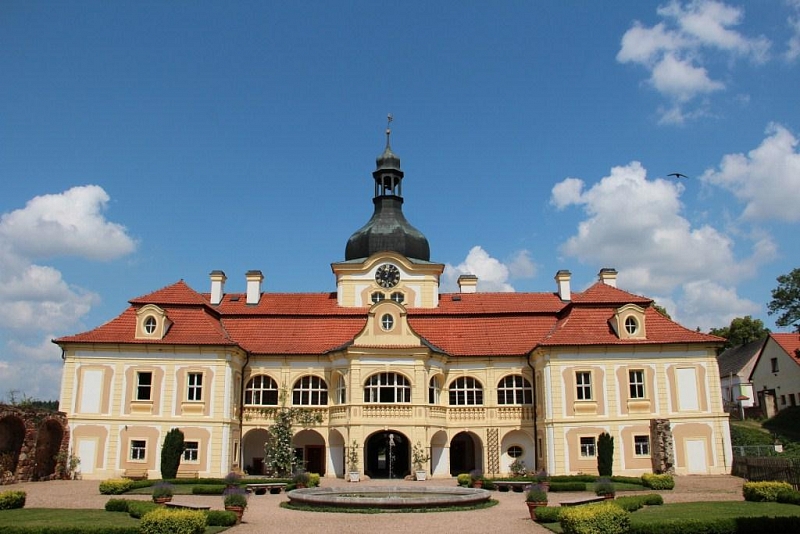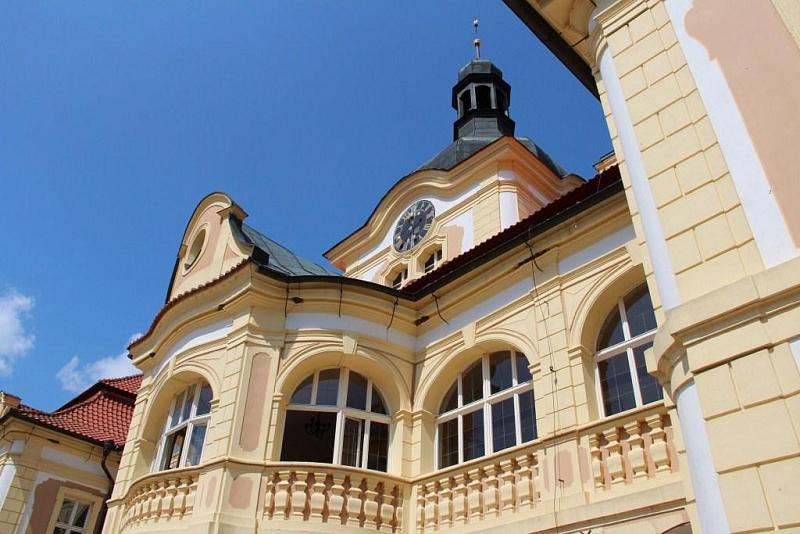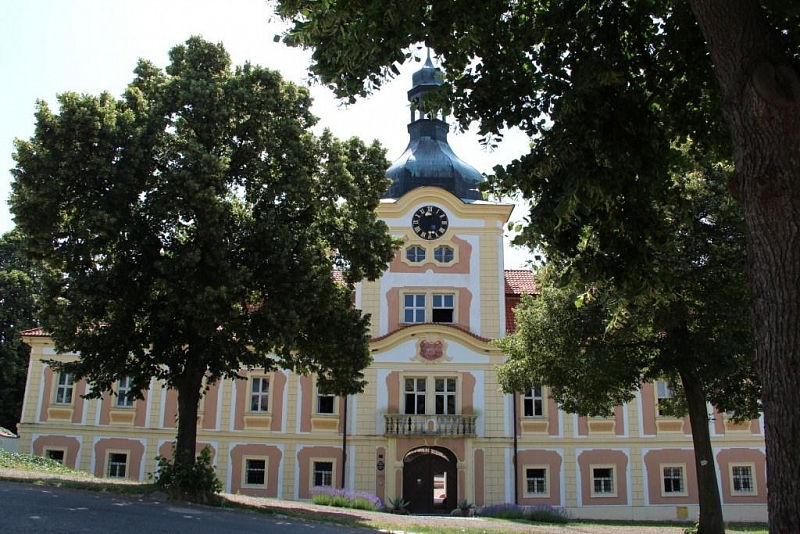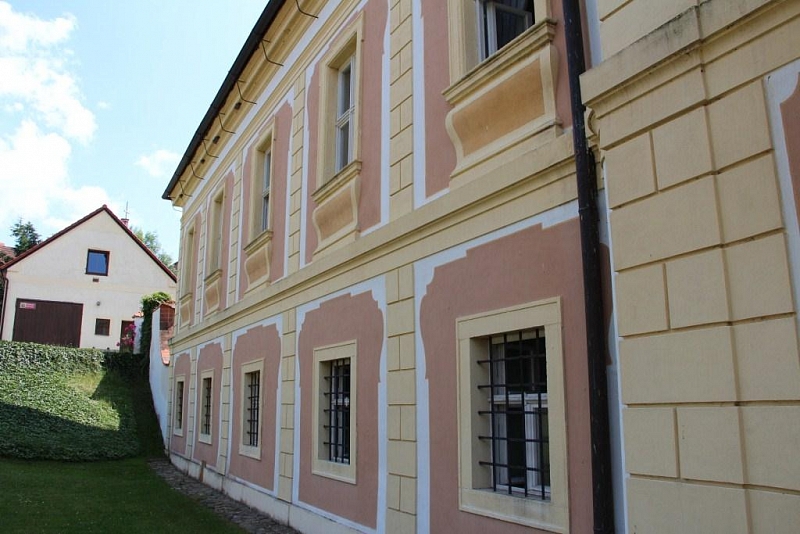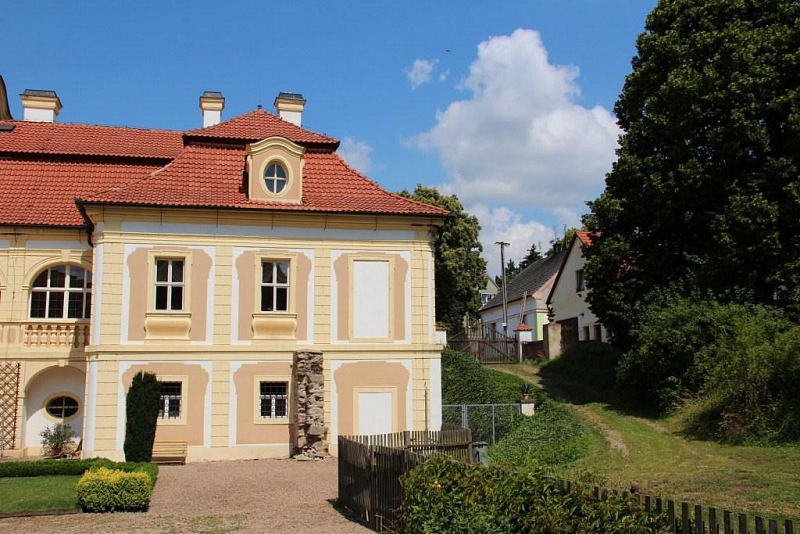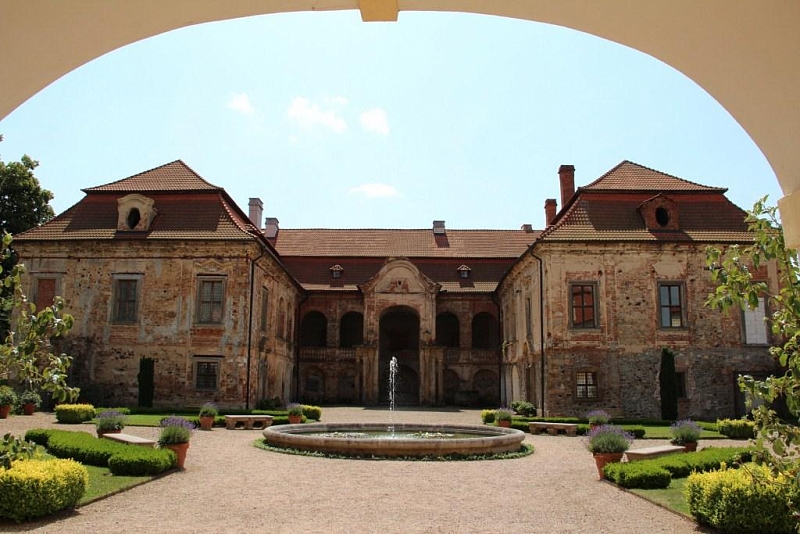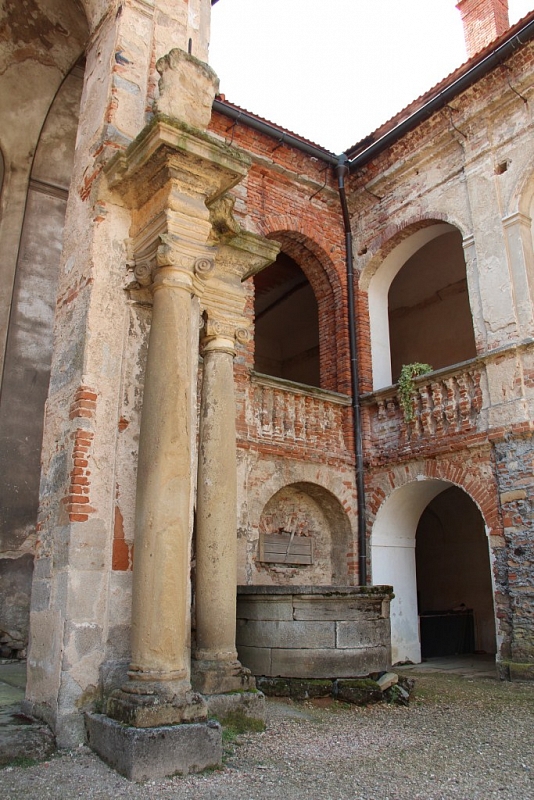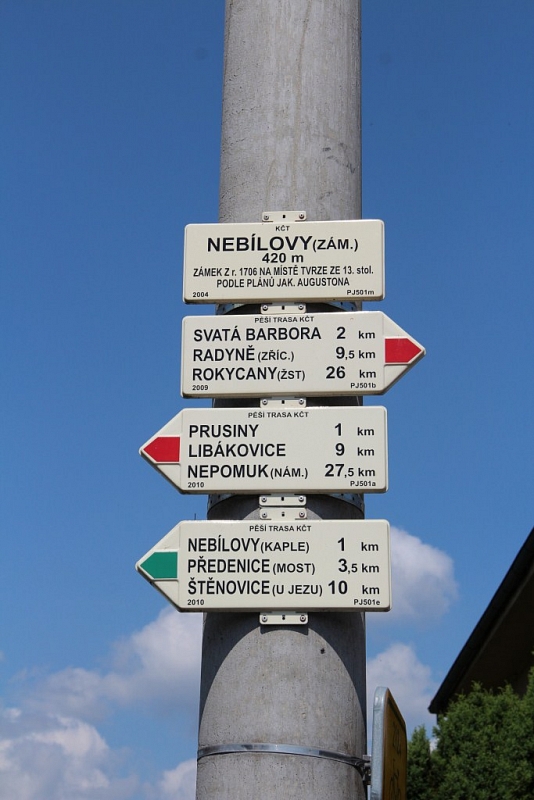Nebílovy Castle
Take a walk with us in the Baroque chateau Nebílovy, located in the village of the same name in the Pilsen region, and let yourself be carried away by interesting history and exhibitions. Originally, there was a Renaissance fortress, rebuilt in the 1760s into an arcaded castle. The chateau was built in its current form during the period 1706 - 1719. The estate was bought in 1705 by Count Adam Jindřich of Steinau and used plans by Johann Lucas von Hildebrandt for the construction, the construction was carried out by the architect Jakub Auguston. However, the count did not live to see the completion of the construction and was buried in the village of Prusiny. His daughter sold the inherited estate to the Černíns.
Information for visitors
Interesting facts Nebílovy Castle
The castle had static faults and was therefore not inhabited until 1785. The castle had two horseshoe-shaped wings, the sides were connected by arcaded corridors with terraces. The building had a large dance hall, the chapel of St. Anthony, a clock tower and a hall with a baroque ceiling painting. The complex was complemented by a farmyard and there was also a garden with a fountain. In 1816, the whole estate passed to Kristián Valdštejn-Vartemberk. The Wallensteins did not live here, and the castle was used only for economic purposes. The castle fell into disrepair over time and after 1919 it was occupied thanks to land reform. In 1924, the estate was divided by local residents and members of the orchard. In 1967, the castle fell to the state and the building was rescued.
During a tour of the current Nebílova chateau, you will get closer to the life of the former nobility thanks to the installation of rooms in the style of the late 18th and early 19th centuries. Since the original furniture was taken away by the Wallensteins during the 19th century, you can look at other sets of furniture. In the rooms you will most often see a floral motif. Notice the oldest Baroque still lifes from Central Europe in the form of large canvases by the German painter Gottfried Libalt. The wall paintings created by Antonín Tuvora at the end of the 18th century are also valuable. If you are interested in the castle pilgrimage, it is held here every year on the feast of St. Antonina - June 13. You can also go to various cultural and social events.
Author: Petra Nachtmanová
